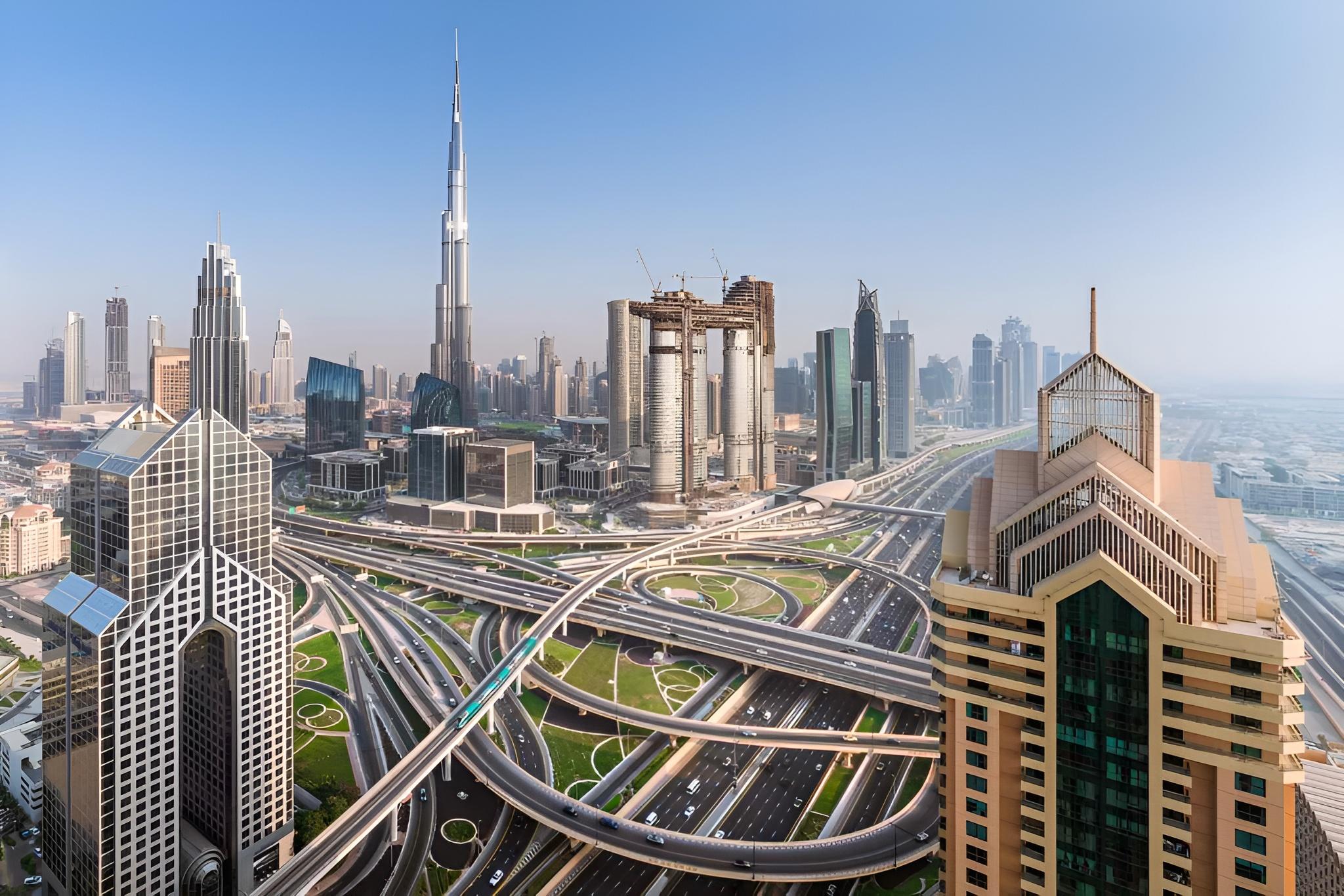Dubais Ambitious Road Revamp: Transforming Mobility by 2040 with Smart Streets and Connectivity Expansion




Dubai is undergoing a remarkable transformation with its comprehensive road expansion plan set for 2025-2027. The Roads and Transport Authority (RTA) is executing this ambitious project to cater to the needs of an anticipated 8 million residents by 2040. This monumental undertaking represents more than just infrastructure development; it's a revolution in how the emirate approaches urban mobility and sustainable transportation solutions.
The strategic plan features the development of a staggering 226 kilometers of roads and 115 bridges and tunnels through 57 comprehensive infrastructure projects. This initiative forms a pivotal part of the emirate's efforts to enhance mobility across the region while addressing the challenges of rapid population growth and urban expansion. The scale of this development demonstrates Dubai's commitment to creating world-class infrastructure that meets international standards.
A standout project within this ambitious plan is the Umm Suqeim–Al Qudra Corridor, a critical 16-kilometer stretch extending from Jumeirah Street to Emirates Road. This development serves as a vital lifeline for over one million residents across key residential areas and development zones. The corridor will significantly increase road capacity from 8,400 to 12,600 vehicles per hour and dramatically reduce travel time from 46 minutes to just 11 minutes.
The corridor's enhancements include four major junction upgrades and an impressive 7,000 meters of new bridges and tunnels. These engineering marvels represent cutting-edge infrastructure design, incorporating smart traffic management systems and advanced construction techniques. The project is being implemented in three carefully planned phases, with the first phase already halfway complete between Al Khail Road and Sheikh Mohammed bin Zayed Road.
Progress is equally robust on Hessa Street, where a comprehensive overhaul aims to double the capacity from 4,000 to 8,000 vehicles per hour. This transformation will slash travel times from 30 minutes to a mere seven minutes, representing a dramatic improvement in daily commute experiences. Approximately 60% complete, this project promises significant improvements for the 640,000 residents it serves across various neighborhoods and commercial districts.
The Hessa Street project encompasses four major intersection enhancements alongside the addition of 9,000 meters of new bridges. These improvements incorporate advanced traffic flow optimization and intelligent transportation systems, ensuring smooth vehicle movement during peak hours and reducing congestion-related delays throughout the day.
In a forward-thinking move toward sustainable transportation, Dubai is implementing a comprehensive 13.5-kilometer cycling and e-scooter track along Hessa Street. This dedicated pathway will seamlessly link Al Sufouh with Dubai Hills, providing residents and visitors with eco-friendly mobility options that reduce reliance on traditional vehicles while promoting healthy lifestyle choices.
The cycling infrastructure includes two spectacular bridges crossing over Sheikh Zayed Road and Al Khail Road, each measuring five meters in width. These bridges are specifically designed for cyclists, e-scooter riders, and pedestrians, featuring dedicated lanes and safety barriers. The bridges represent more than mere transportation links; they serve as gateways to a sustainable future where diverse mobility options coexist harmoniously within Dubai's urban landscape.
This extensive development plan reflects Dubai's commitment to smart urban planning that aligns infrastructure development with projected population growth. The initiative addresses not only current transportation needs but anticipates future demands as the emirate continues its rapid expansion and diversification efforts.
The integration of traditional road infrastructure with sustainable transportation options demonstrates Dubai's holistic approach to urban mobility. By incorporating cycling tracks, pedestrian pathways, and e-scooter lanes alongside conventional roadways, the plan creates a comprehensive transportation ecosystem that serves diverse user needs and preferences.
This transformative infrastructure initiative has garnered significant attention from Dubai's leadership, with His Highness Sheikh Hamdan bin Mohammed bin Rashid Al Maktoum, Crown Prince of Dubai, conducting on-site reviews of project progress. This high-level engagement underscores the strategic importance of these developments to Dubai's long-term growth objectives and urban development goals.
The leadership's direct involvement ensures that projects maintain the highest standards of quality and innovation while adhering to ambitious timelines. Regular oversight and review processes guarantee that the infrastructure developments align with Dubai's broader vision of becoming a global hub for commerce, tourism, and sustainable urban living.
As Dubai continues its journey toward accommodating 8 million residents by 2040, these infrastructure investments position the emirate as a model for intelligent urban development. The combination of expanded road networks, enhanced public transportation options, and sustainable mobility solutions creates a foundation for continued economic growth and improved quality of life for all residents and visitors.
Comments